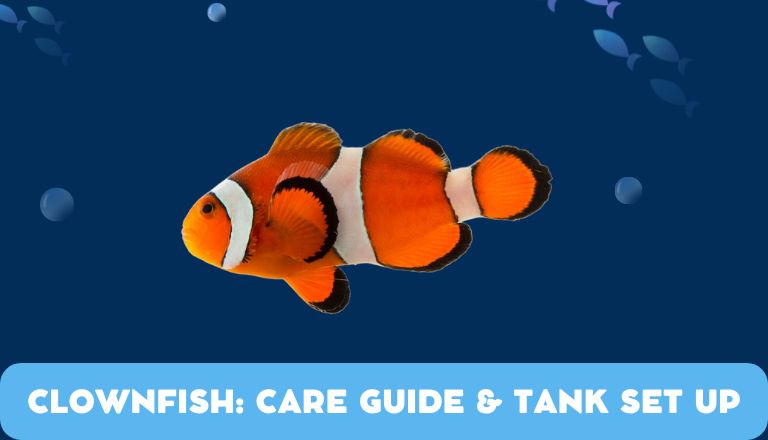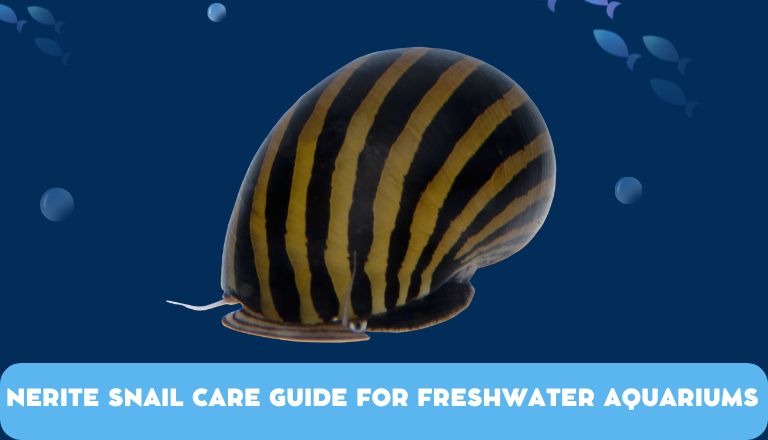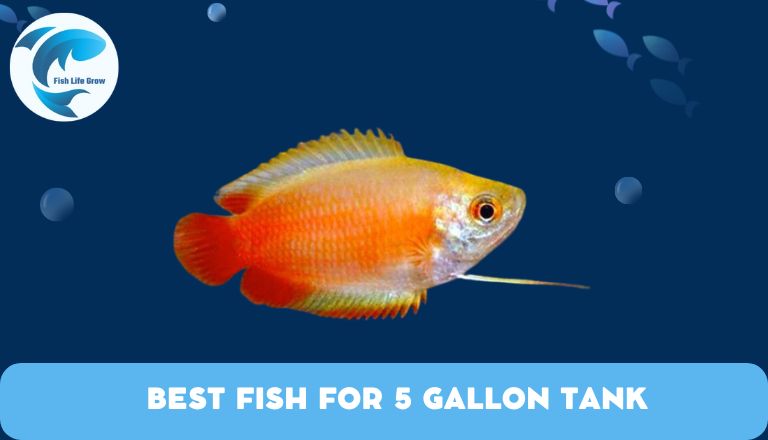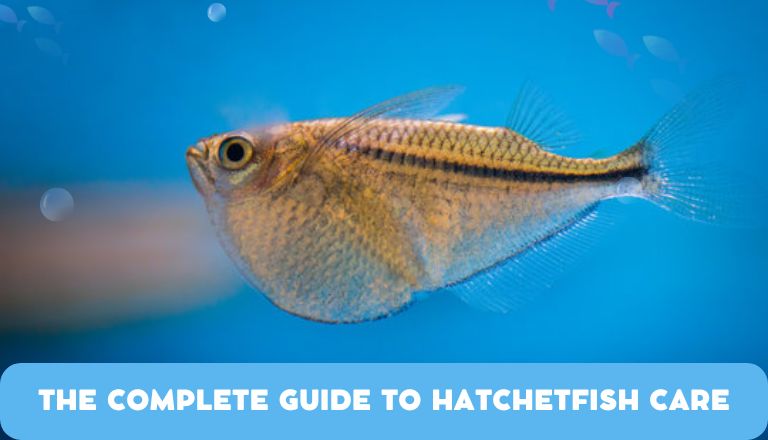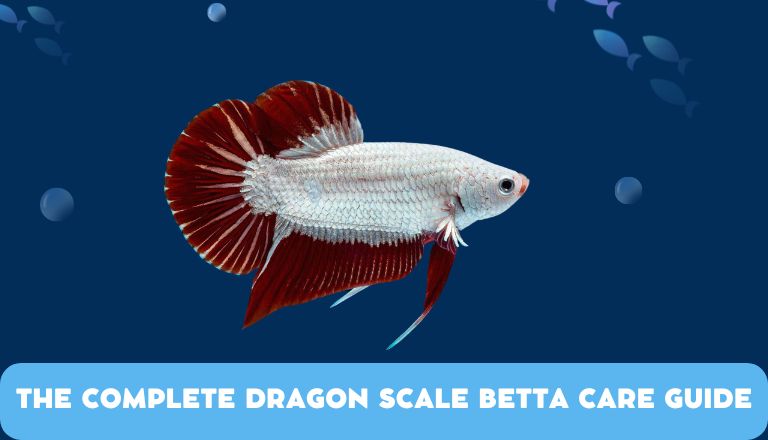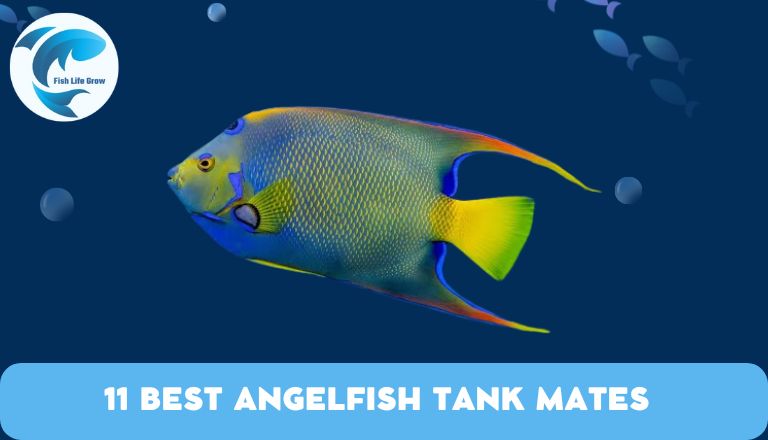Clownfish: Care Guide & Tank Set Up For Beginners
Have you ever been mesmerized by the vibrant colors and playful antics of Clownfish in the aquarium? They are colorful and playful. Clownfish are interesting creatures.
If you are new to fishkeeping, taking care of clownfish can be both fun and challenging. This article is your comprehensive guide to everything you need to know about caring for clown fish and setting up the perfect tank for these delightful marine buddies.
From their unique behavior to the essential tank requirements, join me on this underwater adventure as we explore the fascinating world of Clownfish care!
Clownfish Care Overview
Taking care of Clownfish requires attention to detail and proper tank conditions. These vibrant fish are known for their symbiotic relationship with sea anemones in the wild. They can adapt well to a home aquarium environment. Maintain stable water temperature, pH levels, and salinity for the better health of your fish.
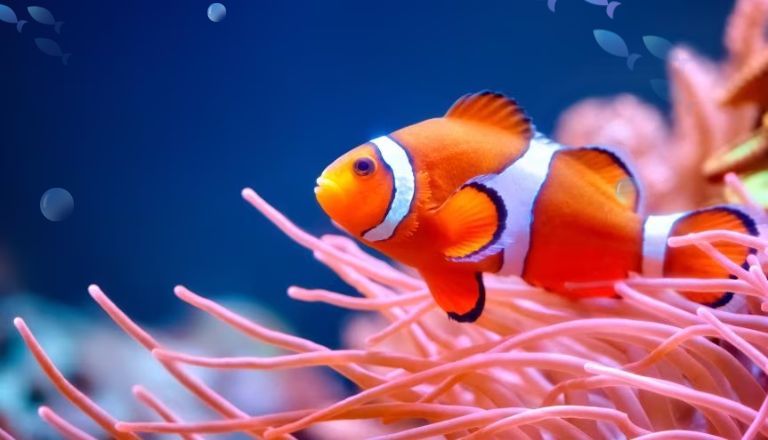
Appearance
The clownfish, with its vibrant colors and unique markings, is truly a sight to behold in the underwater world. Clownfish have bright orange bodies adorned with contrasting white stripes that seem to shimmer in the sunlight. These striking colors make them visually appealing and also serve as a form of camouflage in their coral reef habitats.
They are known for their small size and compact body shape, making them agile swimmers in the water. Their fin structure allows them to dart in and out of coral crevices easily, while their rounded shape helps them maneuver through tight spaces.
Clownfish can change genders. All individuals are born male but can transition into females based on social hierarchy within their groups.
Size
Clownfish are not very large. Some species can grow up to 4.3 inches in length. Most clownfish typically reach around 2-4 inches. Their small size gives them an advantage to easily navigate through the nooks and crannies of coral reefs where they love to hide.
The male clownfish are smaller than the female. This size difference plays a role in their unique mating behavior—the dominant female pairs with a smaller male who then becomes her mate.
How To Set Up A Clownfish Tank
Setting up a clownfish tank requires careful consideration and preparation. Select the right size tank, provide hiding spots, and create a natural environment for them to thrive. Ensure proper water parameters by maintaining a stable temperature and pH level.
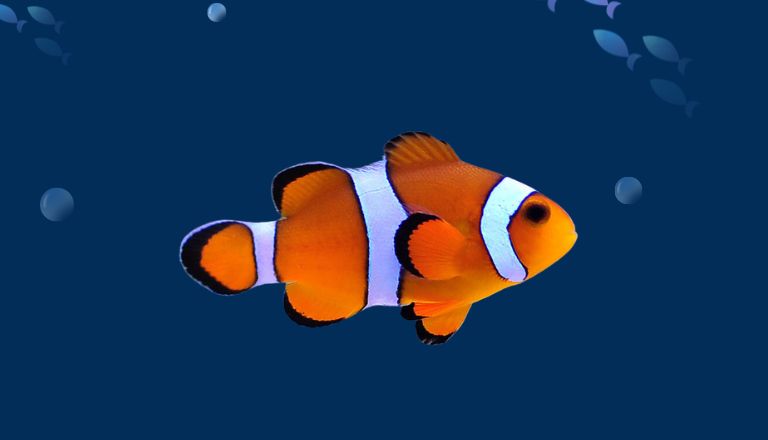
Tank Size
Clownfish require ample space to swim and establish territories. Aim for at least a 20-gallon tank for a pair of clown fish. A larger tank can provide more stability in water parameters.
Filtration
Filtration is essential for maintaining water quality. Use a combination of mechanical, biological, and chemical filtration methods to keep the water clean and healthy for your fish. Regularly maintain and clean the filters and perform partial water changes to ensure a thriving environment for your fish.
Water Parameters
Maintain stable levels of pH around 8.1-8.4, temperature between 75-82°F, ammonia (0 ppm), nitrite (0 ppm), and nitrate (less than 20 ppm) levels in the tank. Monitor these parameters regularly with test kits. Make the adjustments as needed to create an optimal environment.
Heater
Choose the right heater to maintain a stable water temperature. Select a wattage appropriate for the size of your tank and ensure it is fully submersible for efficient heating. Place the heater near a water flow area to help distribute the warmth evenly throughout the tank. Monitor the temperature regularly and adjust as needed to create a comfortable environment for your clownfish.
Substrate
Clownfish are bottom-dwelling fish. They may interact with the substrate frequently. Opt for smooth gravel or sand without sharp edges to prevent any injuries to your fish. A shallow layer of around 1-2 inches is sufficient. It allows beneficial bacteria to thrive and contribute to the overall ecosystem of the tank and provide a natural look for your aquatic friends.
Lighting
Opt for LED lights, as they provide the right spectrum for coral growth and enhance the colors of the fish. Ensure that the lighting is on a timer to mimic natural day-night cycles and prevent algae overgrowth. Adjust the intensity based on the needs of your fish.
Plants and Decor
Add plants and decor to provide hiding spots and mimic their natural habitat. Choose live plants like anemones or artificial ones that are safe for your fish. Create caves and crevices using rocks or decorations to give them places to explore and hide. Regularly clean and maintain these elements to keep your tank healthy and vibrant for your clown fish.
What do Clownfish Eat?
Clownfish have a diverse diet that consists of algae, small invertebrates, and plankton. They are omnivores. They eat both plant and animal matter to meet their nutritional needs. They have a symbiotic relationship with anemones. Clownfish stay safe from predators in the anemones’ tentacles. In return, they give food scraps and nutrients to the anemones.
In captivity, feed them a variety of foods such as brine shrimp, mysis shrimp, and high-quality flake or pellet food. Providing live food can also be beneficial for their overall health and well-being. Make sure they receive enough nutrients to maintain their vibrant colors and energetic behavior.
Breeding
Breeding clownfish can be a fascinating and rewarding experience for aquarists. Set up a separate breeding tank with suitable conditions for the pair of clownfish to spawn. Provide them with ample hiding spots and a proper lighting schedule mimicking natural conditions. Once the eggs are laid, the male clownfish takes on the role of guarding and aerating them while the female oversees their well-being.
Clownfish exhibit monogamous behavior, forming a strong bond with their mate. This loyalty often results in successful breeding cycles. Ensure a nutritious diet rich in protein and maintain water quality for successful breeding outcomes.
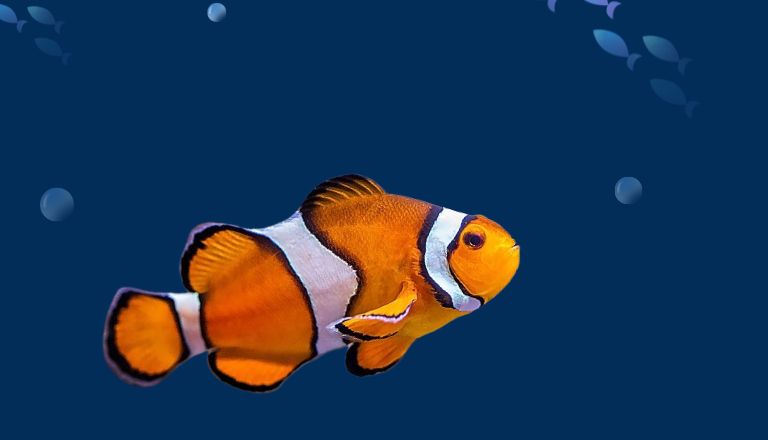
Breeding these fish requires dedication, patience, and understanding of their needs.
Clownfish Tank Mates
When choosing tank mates for your clownfish, consider their peaceful nature and unique behaviors. Select compatible companions like Gobies, Blennies, or Damselfish. They can create a harmonious underwater community. These fish share similar water requirements and won’t compete for space in the tank.
You can also add invertebrates like hermit crabs, Snails, or Shrimp. They help maintain the cleanliness of the tank. These small creatures add visual interest and also contribute to the overall health of the aquatic ecosystem by scavenging leftover food and detritus. Avoid aggressive species like triggers or puffers as they may intimidate or harm your clown fish.
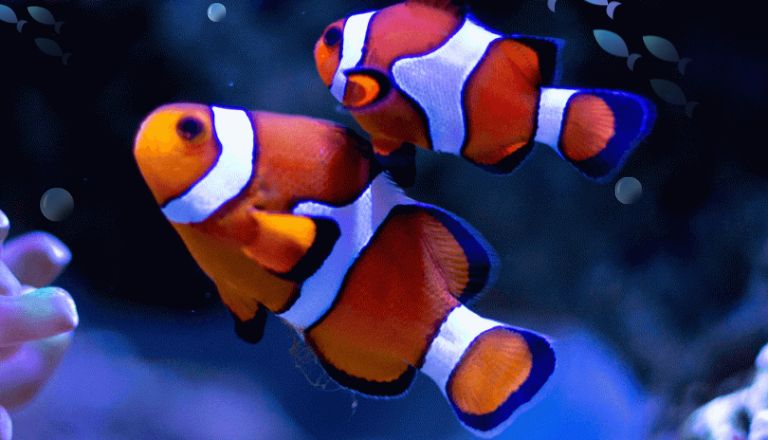
By choosing companions that complement their peaceful nature and habitat preferences, you can ensure a diverse and visually captivating underwater world.
Conclusion
Clownfish are a colorful and fascinating addition to any beginner’s aquarium. By following the care guide and setting up the tank properly, you can create a healthy and thriving environment for these beautiful fish.
Provide them with proper nutrition, clean water, and a suitable tank size. With patience and dedication, you can enjoy watching your clownfish swim happily in their new home. Start your clownfish journey today and experience the joy of owning these delightful creatures!
FAQs
What is the Scientific Name of Clownfish?
The clown fish’s scientific name is Amphiprioninae. Clownfish belong to the subfamily Amphiprioninae within the family Pomacentridae. They are also commonly known as anemonefish due to their close association with sea anemones in the wild.
What is a Clownfish?
A clownfish is a small, brightly colored fish that belongs to the Pomacentridae family. They are known for their distinctive orange and white stripes, which help them blend in with the coral reefs they inhabit. They are also famous for their symbiotic relationship with sea anemones, where they live among the tentacles without getting stung.
How Long do Clownfish Live?
Clownfish typically live for 6 to 10 years in the wild. In captivity, they can live up to 15 years or even longer with proper care. Their lifespan can vary depending on factors such as habitat conditions, diet, and predation risks.
Where do Clownfish Live?
Clownfish are primarily found in the warm waters of the Indian and Pacific Oceans, specifically in coral reefs and lagoons. They have a symbiotic relationship with sea anemones, which provide them protection from predators. Clownfish usually inhabit shallow areas near the coast, where they can easily find food and shelter.

